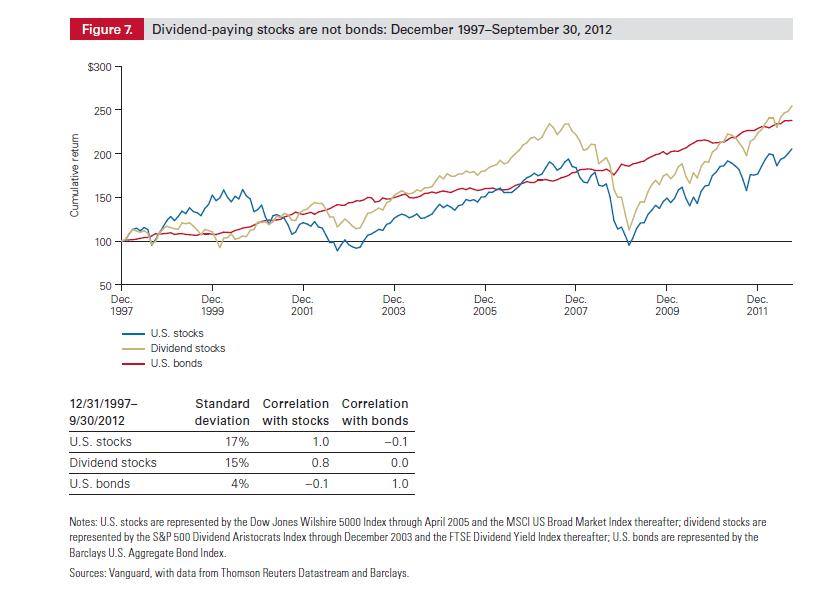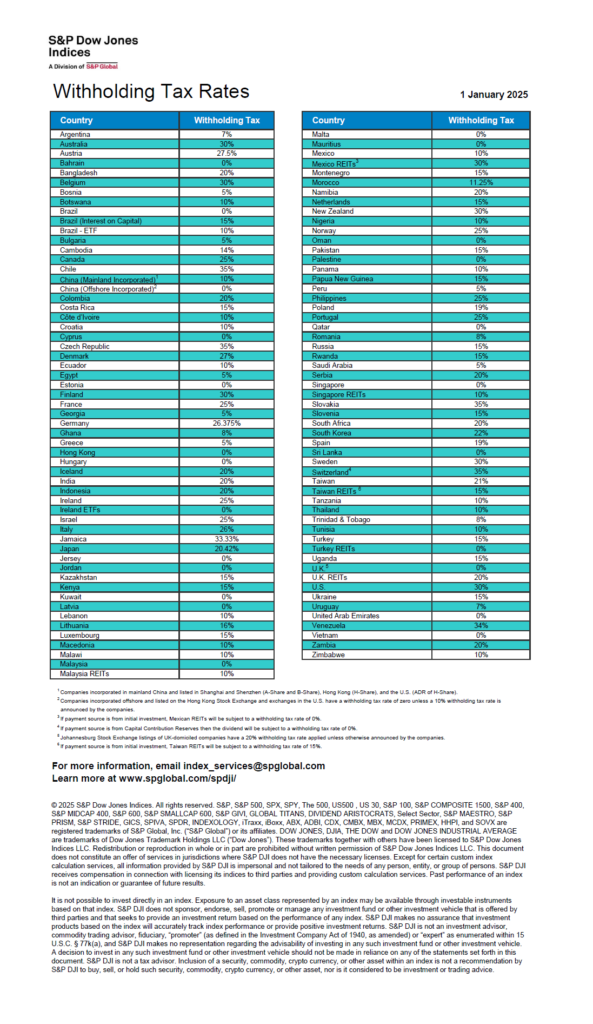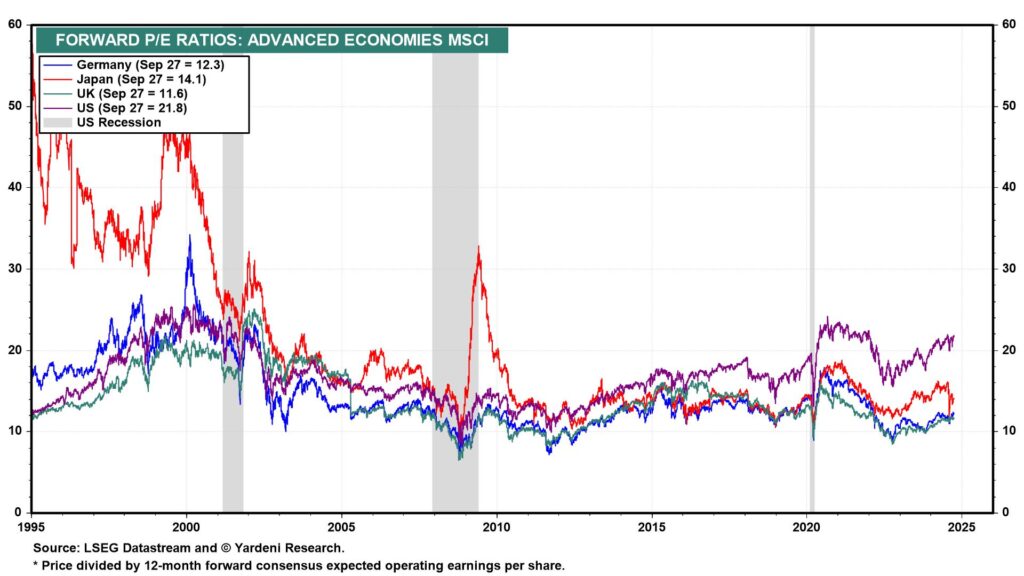When bond yields are lower than dividend yields of stocks some investors may be tempted to replace their fixed-income bonds with high-yielding dividend-paying stocks. But this is not a prudent strategy for the reasons discussed below.
The current yields on the 5-year, 10-year and 30-year U.S. Treasury bonds are 0.63%, 1.64% and 2.81%. respectively. Many stocks have higher dividend yields than these bond yields. Similarly yields on corporate bonds have declined with stocks having higher dividend yields than bonds. Here is a chart showing this phenomenon from an article in The Wall Street Journal last week:
Click to enlarge
Source: Danger Lurks Inside the Bond Boom, The Wall Street Journal
Despite the higher yields of dividend-paying stocks it is not a good idea to replace bonds with dividend stocks.
The following chart shows the cumulative performance of dividend-paying stocks against broadly classified fixed income:
Source: Total-return investing: An enduring solution for low yields, Vanguard
The above chart shows that dividend stocks do not perform like bonds but rather like non-dividend paying stocks. Or to put it another way, dividend-paying stocks are still stocks and they perform like stocks. In addition, just like stocks they also carry high risks of volatility and the potential for significant loss.
Investors buy bonds for income and diversification. Dividend stocks clearly failed to provide diversification benefits in the period shown since they performed like other stocks and were volatile as well.
Generally the reasons for investing in bonds and stocks vary widely.For example, at a high level bonds offer safety of principal, periodic interest payments and return of principal at maturity. This is true for high-quality bonds although there are exceptions to the rule since corporate bonds are also not risk-free investments as any company can fail. Investments in stocks have higher risks relative to bonds with the potential for price appreciation and earning dividends. However the probability of substantial or even a total loss is high as well. Stocks and bonds also perform differently under various market conditions. In the event of a company going bankrupt, share holders have the lowest priority on claims relative to bond holders. As stocks and bonds have different characteristics and each has its pros and cons, investors are better off to keep their bond and stock investments separate. Income-focused investors should never replace all or some of their bonds for dividend-paying stocks.
In order to test the theory confirmed by the Vanguard study above, I reviewed the performance of a select few dividend-paying S&P 500 stocks during the global financial crisis, the performance of dividend ETFs against the S&P 500 and the performance of a bond ETF against a dividend ETF.
The following table shows the performance of ten randomly-selected stocks in each of the sectors in the S&P 500 index:
The S&P 500 fell over 50% back in 2008-2009. The above table shows that dividend stocks did not stay strong but rather followed the S&P 500 to the abyss with double digit losses. So dividend-stocks are not bonds and they will perform like stocks. An investor in high-quality corporate bonds or treasury bonds enjoyed stability during the crisis unlike holders of dividend-paying stocks who had to endure stomach-churning volatility and even suspension or reduction in dividend payments.
The chart below shows the 5-year performance of S&P 500 and four dividend ETFs:
The dividend ETFs also followed the course of the S&P 500 for the most part.
The 5-year performance of a corporate bond ETF vs. a dividend ETF:
The iShares corporate bond ETF(LQD) offered the much-needed stability during the financial crisis and recovered quickly compared to the dividend ETF.
In summary, regardless of market conditions and yield differences investors should not replace their bonds with dividend-paying stocks. It is always advisable to have a disciplined and defined allocation for equities and fixed income in a portfolio.
Related ETFs:
iShares iBoxx $ Investment Grade Corporate Bond Fund (LQD)
Vanguard Dividend Appreciation ETF (VIG)
SPDR S&P Dividend ETF (SDY)
iShares Dow Jones U.S. Select Dividend ETF (DVY)
PowerShares Dividend Achievers ETF (PFM)
Disclosure: No Positions







